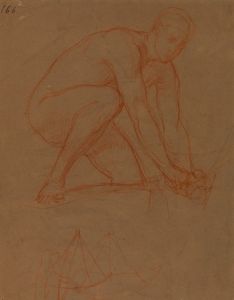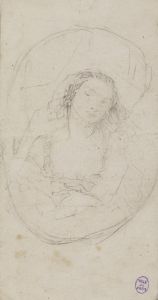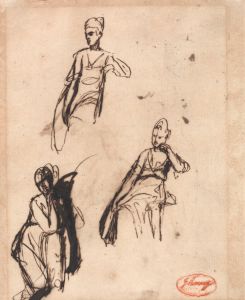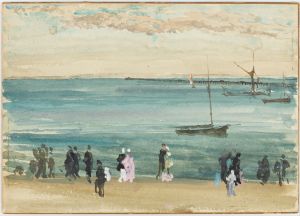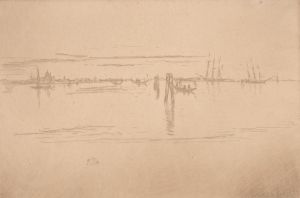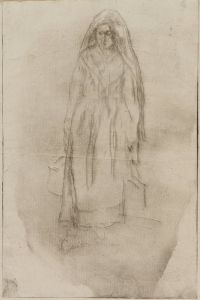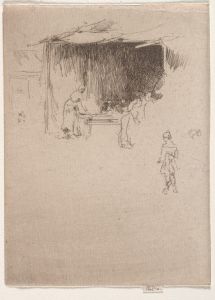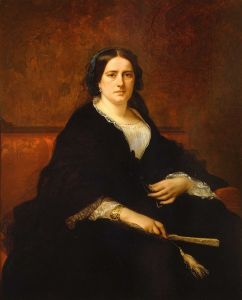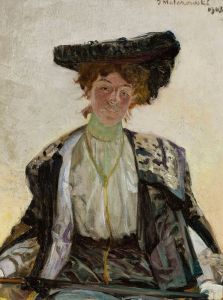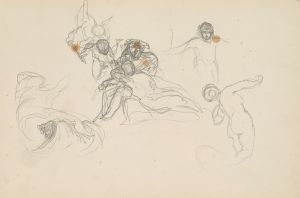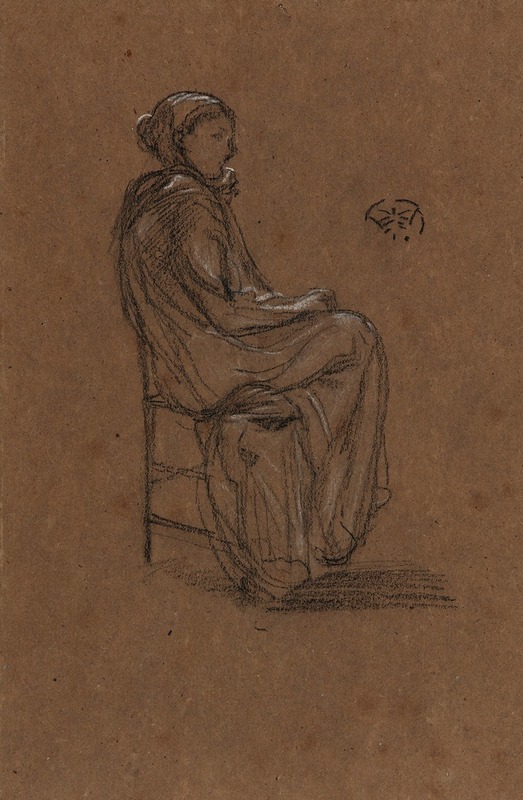
Female Figure, Seated
A hand-painted replica of James Abbott McNeill Whistler’s masterpiece Female Figure, Seated, meticulously crafted by professional artists to capture the true essence of the original. Each piece is created with museum-quality canvas and rare mineral pigments, carefully painted by experienced artists with delicate brushstrokes and rich, layered colors to perfectly recreate the texture of the original artwork. Unlike machine-printed reproductions, this hand-painted version brings the painting to life, infused with the artist’s emotions and skill in every stroke. Whether for personal collection or home decoration, it instantly elevates the artistic atmosphere of any space.
James Abbott McNeill Whistler, an American artist active during the late 19th century, is renowned for his contributions to the Aesthetic Movement, which emphasized art for art's sake and the pursuit of beauty over narrative content. Among his diverse body of work is the painting "Female Figure, Seated," a piece that exemplifies Whistler's distinctive style and artistic philosophy.
"Female Figure, Seated" is a work that reflects Whistler's interest in the harmony of color and form, a hallmark of his artistic approach. Whistler often sought to create a sense of mood and atmosphere in his paintings, focusing on the arrangement of visual elements rather than the depiction of a specific story or subject matter. This painting is no exception, as it captures a moment of quiet introspection and elegance.
The composition of "Female Figure, Seated" is characterized by its simplicity and subtlety. The painting features a woman seated in a contemplative pose, rendered with delicate brushwork and a muted color palette. Whistler's use of soft tones and gentle contrasts creates a serene and intimate atmosphere, inviting viewers to appreciate the aesthetic qualities of the work rather than searching for a deeper narrative meaning.
Whistler's technique in this painting demonstrates his mastery of the medium. He was known for his ability to manipulate paint to achieve a variety of textures and effects, and "Female Figure, Seated" showcases his skill in rendering the human form with both precision and fluidity. The figure's pose and expression convey a sense of grace and poise, while the surrounding space is treated with equal care, emphasizing the balance and harmony that Whistler sought to achieve in his compositions.
The painting also reflects Whistler's interest in Japanese art, which influenced many Western artists during this period. The simplicity of the composition, the emphasis on line and form, and the restrained use of color all echo elements found in Japanese prints, which Whistler admired and collected. This influence is evident in the way he approached the subject matter, focusing on the aesthetic arrangement of elements rather than a detailed or realistic portrayal.
"Female Figure, Seated" is representative of Whistler's broader artistic goals, which were to create works that transcended the literal and engaged viewers on a purely visual level. His approach was often met with mixed reactions during his lifetime, as it challenged traditional notions of art and its purpose. However, Whistler's work has since been recognized for its innovative qualities and its contribution to the development of modern art.
Today, "Female Figure, Seated" is appreciated not only for its beauty but also for its role in the evolution of artistic thought during the late 19th century. It stands as a testament to Whistler's belief in the power of art to evoke emotion and contemplation through the careful arrangement of visual elements. As with many of Whistler's works, the painting continues to inspire and captivate audiences, offering a glimpse into the artist's unique vision and enduring legacy.





